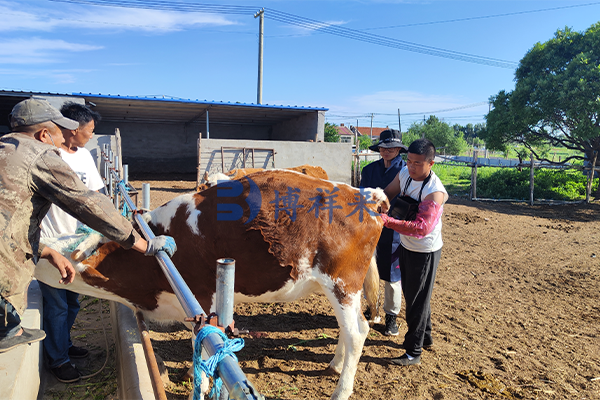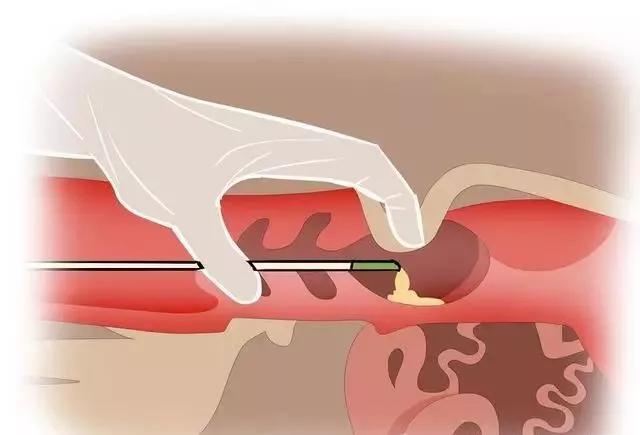Dairy farms do not want cows to have twins, so it is very important to use Veterinary ultrasound machines for early pregnancy detection of cows. The first accurate diagnosis can be made based on the pregnancy status from around the 28th day of cow mating, but further confirmation of pregnancy is needed. The diagnosis of twin cow pregnancy can be obtained through rectal palpation or ultrasound examination. The measurement of pregnancy specific proteins can also be used to determine pregnancy, but there is still a long way to go to correctly identify twin pregnancies.

Due to the increase in multiple ovulation associated with high milk production and the use of different synchronization protocols, the twin calving rate has increased. High milk producing multiparous cows experience double ovulation more frequently than primiparous cows.
A recent study suggests setting a "critical period" by considering the practical perspective of the possibility of routine reproductive management. The application of early pregnancy determination tools as the first accurate diagnosis around day 28 requires further confirmation of pregnancy. In our previous research, pregnancy diagnosis was conducted between day 29 and day 42, with an average of 33.6 days.
The time for detecting different fetal organs of the embryo has been determined. Embryo heartbeat can be detected as early as 22-24 days after artificial insemination. Nowadays, this is the diagnostic criterion for positive pregnancy diagnosis. It is difficult to assess fetal heartbeat in early stages in practice, so the most commonly used period for diagnosing pregnancy with transrectal ultrasound machine is 28-35 days of pregnancy. In addition, the presence of embryos and active heartbeat are the main criteria for positive early pregnancy diagnosis through TRUS under actual conditions. Regarding the position of embryos, they can be located on one or both sides. Unilateral twins used to have an echogenic line connecting two embryos as a diagnostic tool. In the case of twin pregnancy, both embryos have heartbeats, and amniotic vesicles should be detected in TRUS examination. If there are doubts about the survival ability of twins or fetuses, an evaluation of ovarian structure can be conducted: (1) the number, usually two (30), because most twin pregnancies come from ovulation of common dominant follicles, rather than from monozygotic twins; (2) The CL quality, including echo intensity and CL size, should have a maximum diameter of at least 17 mm. Our data confirms this; In addition, we found that twins with three corpora lutea had very few pregnancies. The proportion of cows with two corpora lutea in singleton pregnancy is about 10%.







